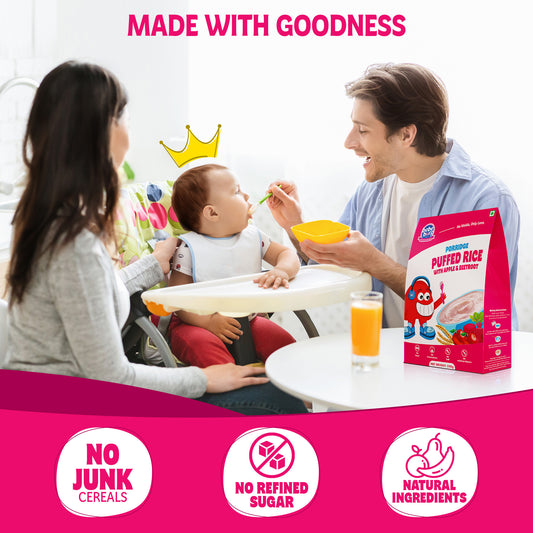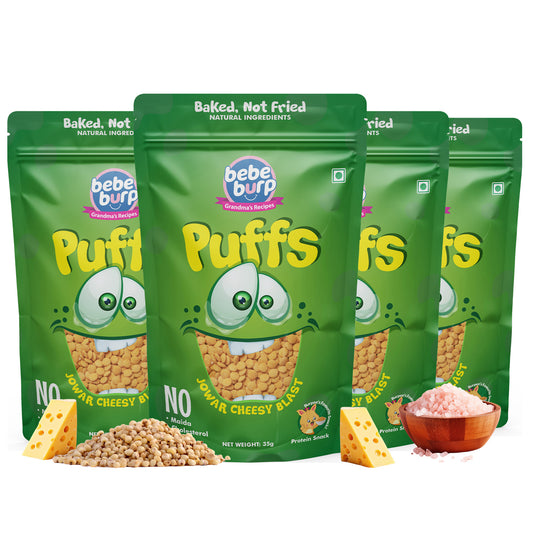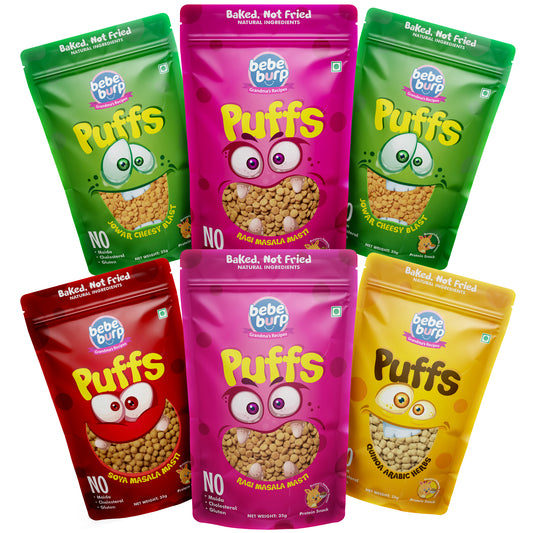Oral thrush in infants refers to a common fungal infection that is brought about by excess growth of Candida albicans in the mouth among the infants.
They are seen as white, creamy-looking patches on the tongue, inside cheeks, gums, or even the roof of the mouth, and may resemble milk but cannot be wiped off easily.
Although oral thrush is usually not serious, it may produce fussiness, feeding problems, or discomfort. Infants are more susceptible to this condition owing to the fact that their immune systems are yet to mature.
Thrush is more probable given factors such as antibiotic use, bottle feeding, or breastfeeding with a yeast infection in the mother. Oral thrush can be treated and cleared up with careful treatment and care in no time.
What is Oral Thrush in Babies?
Oral thrush in infants is a fungal infection that grows within the mouth caused by the fungus Candida albicans.
It usually targets and attacks infants as their immune systems are not yet fully developed, and it becomes difficult to curb this fungus in the infants.
The manifestation appears in white or yellow spots on the tongue or inner cheeks, gums, or the roof of the mouth.
These patches could appear to be milk residue, yet they cannot be easily wiped off. Although oral thrush is never severe, it may be associated with negative effects like discomfort during feeding and even irritability in babies.
Symptoms of Oral Thrush in Babies
Oral thrush in young children is usually characterized by white or yellow coated spot inside the mouth (on tongue, gums, inner cheeks, or roof of the mouth). These spots can be mistaken to be some milk residue although it is not easy to clean. Other symptoms includes:
- Moodiness when being fed
- Failure to accept food because of cramping or pain,
- Dry skin, and inflammation of the edges of the mouth
- A diaper rash may also come out in case since the yeast can spread there.
When your baby exhibits these symptoms, you have to turn to a pediatrician and get proper diagnosis and treatment.
Causes of Oral Thrush in Babies
Oral thrush occurs as a result of excessive growth of a fungus known as Candida albicans that normally resides in the mouth. The immune system of babies is still developing and so it becomes more difficult to maintain this fungus at bay. Typical causes are:
- An underdeveloped immune system that is not very capable of destroying yeast
- By using antibiotics (either in baby or mother breastfeeding), killing healthy bacteria and yeast grows out of control
- Infection in the mother during birth, in case she had vaginal yeast infection
- Unwashed bottles, pacifiers or nipples that may harbor yeast, and re-infect the baby
- Breastfeeding, which makes the yeast go both ways in-between the moms and the infants or babies because of the nipple exchange in between the mouths of the babies and the nipples of the mother
How is Oral Thrush Diagnosed?
Oral thrush is typically clinically diagnosed by a pediatrician during inspection of the mouth of the baby. The milk residue is different compared to the white patches caused by thrush and will not wipe off. The doctor may, in some instances:
- Consider related symptoms, including fussiness and feeding and diaper problems
- Examine the nipples of the mother, indicating a yeast infection by the characteristics of redness, pain or cracks in it, in case of breastfeeding
- Often, where the diagnosis is uncertain, or when the infection recurs, order a laboratory test
Diagnosis is usually easily made and it relies on a simple physical exam.
Treating Oral Thrush in Babies
Oral thrush is treated to get rid of the fungal infection in the mouth of a baby and to give relief to the baby. Your pediatrician will advise you to do the following whose severity will vary:
- Anti-fungal drug: Nystatin oral suspension or miconazole gel solution is normally used to apply inside the mouth of the baby.
- In case of breastfeeding mother: In case the mother is breastfeeding, she as well may need anti fungal cream on her nipples to avoid reinfection.
- Practicing good hygiene: Wash bottles, nipples, and pacifiers frequently to prevent fungus transmission.
- Feeding support: Feeding can be painful so ensure that the feeds are reduced and more frequent and keep the baby upright after clothing has been done.
With a proper treatment, most cases clear up in 1–2 weeks
Preventing Oral Thrush in Babies
Although not all of these can be avoided, there are behaviors that can help to minimize the possibility of getting thrush:
- Sterilize feeding paraphernalia: Wash and sterilize bottles, nipples, pacifiers and the like after each use.
- Ensure breastfeeding hygiene: Wash hands prior and after feeding and keep the nipples dry between feedings.
- Limit unnecessary antibiotics: Do not use them unless prescribed as antibiotics can interfere with normal flora of good bacteria.
- Change diapers often: This will help in keeping the diaper area dry and clean and thus prevent the spreading of yeast.
- Look out yeast infections in the mother: These just stay a constant back and forth aspect when left untreated.
Parents can minimise the chance of oral thrush, and reoccurrences of oral thrush by practising good hygiene and by prompt medical care.
When to Seek Medical Advice
Parents have to call in a pediatrician in case of;
- White streaks that the baby has in his mouth, fail to disappear after a few days.
- The infant is not feeding, is losing weight or appears especially fussy.
- Despite treatment Thrush comes back very frequently
- A breastfeeding mother has painful, depressed, red, or cracked nipples, and this shows signs of yeast infection.
- There are some indicators of a systemic yeast infection, which include chronic diaper rash and oral thrush.
Early treatment prevents discomfort and assures good feeding and growth in the baby.
Conclusion
Oral thrush baby is a prevalent and curable condition that is as a result of overgrowth of yeast.
It might seem worrying, but it is usually treated with antifungal agents, and proper hand-hygiene.
This increase in the risk of recurrence can be alleviated by sterilizing the feeding equipment, upholding the hygiene of breastfeeding, and being alert concerning the symptoms of the baby and the mother.
Most of the babies recover soon under early and preventive care.














